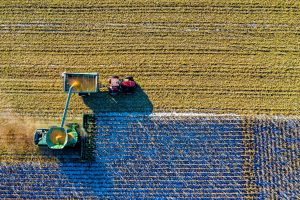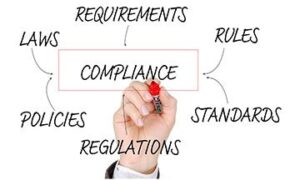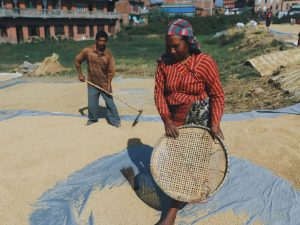Data Management, Analysis, and Visualization for Agriculture and Rural Development
Course Fee:
Course Objectives
By the end of this course, participants will be able to:
• Understand the importance of data management and analysis in agriculture and rural development.
• Identify key data sources and collection methods relevant to agriculture and rural development projects.
• Apply data cleaning and preprocessing techniques to ensure data quality and reliability.
• Perform data analysis using statistical and machine learning tools for decision-making in agricultural planning.
• Create effective data visualizations to communicate insights and support policy-making.
• Leverage digital tools, geospatial analysis, and predictive modeling for improved agricultural outcomes.
• Implement strategies for sustainable rural development through data-driven approaches.
Course Content
Introduction to Data Management for Agriculture and Rural Development
• Importance of data in agriculture and rural development
• Types of data in the agricultural sector (quantitative, qualitative, geospatial, etc.)
• Data lifecycle: collection, storage, analysis, and dissemination
• Ethical considerations and data governance in rural development
Data Collection Techniques
• Primary and secondary data sources
• Methods of data collection: surveys, IoT devices, satellite imagery, and sensors
• Designing effective data collection tools and frameworks
• Data validation techniques
Data Cleaning and Preprocessing
• Handling missing and inconsistent data
• Standardization and transformation of agricultural datasets
• Introduction to data wrangling tools (e.g., Excel, Python, R)
Data Analysis for Agriculture and Rural Development
• Statistical methods for agricultural data analysis
• Predictive modeling and trend analysis
• Understanding key metrics for rural development projects
• Using machine learning in crop yield prediction and resource optimization
Data Visualization Techniques
• Principles of effective data visualization
• Tools for creating visualizations (e.g., Tableau, Power BI, GIS software)
• Visualizing agricultural and rural development data (e.g., crop patterns, rainfall distribution)
• Dashboards for monitoring and reporting rural development progress
Geospatial Analysis in Agriculture
• Introduction to Geographic Information Systems (GIS)
• Mapping agricultural resources and rural infrastructures
• Using remote sensing and satellite data for precision agriculture
• Case studies: Geospatial data applications in rural development
Emerging Technologies in Agricultural Data Management
• The role of IoT, blockchain, and AI in agriculture
• Using drones and automated devices for data collection
• Smart farming techniques: integrating technology with traditional practices
DATE:
1ST BATCH:28th Apr–1st May, 2026
2ND BATCH:18th–21st Aug, 2026
3RD BATCH:15th–18th Dec, 2026
Course Category
- Human Resource and Admin
- Finance and Accounting
- Internal Audit and Fraud Control
- Stores, Procurement and Supply Chain
- Information Technology
- Aviation and Maritime
- Banking, Investment and Insurance
- Business Communication
- Construction Management & Civil Engineering
- Engineering, Instrumentation and Maintenance
- Entrepreneurship and Business
- Hotel & Hospitality Management
- Law and Contract Management
- Management and Leadership
- Project Management
- Public Relations
- Public Sector
- Sales, Marketing & Customer Service
- Secretaries & Personal Assistants
- Transport & Logistics
- Security and Safety
More Courses
VENUE
25, Queen street, Alagomeji Bus Stop, Yaba, Lagos










